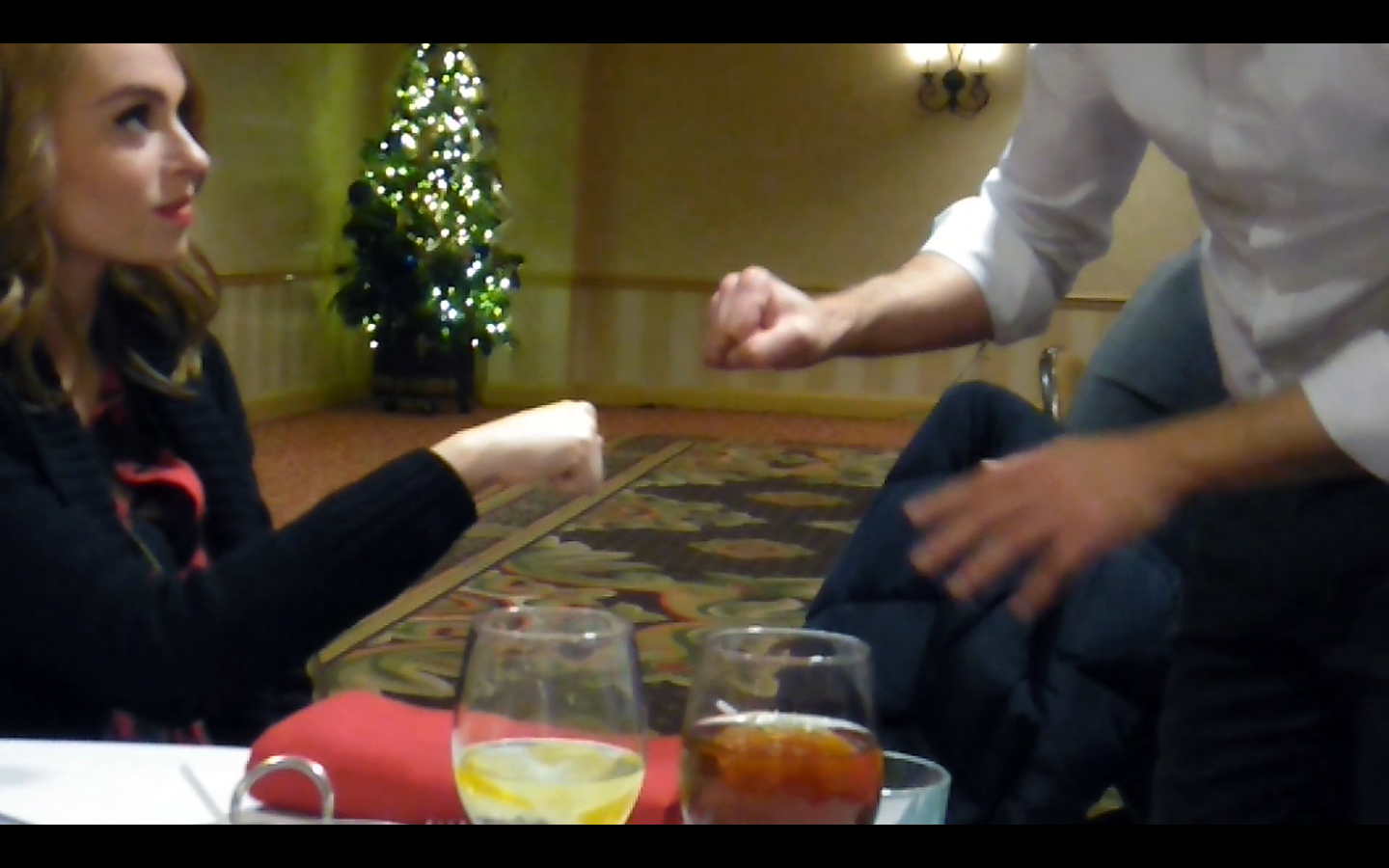How Can Magicians Misdirect The Spectators
In theatrical magic, misdirection can be described as an art of deceit in which the performer attracts attention of the audience to a certain object to divert attention from another. Managing audience attention is the aim of all theatre, and is the primary need of any magic act. It doesn’t matter if the magic is a “pocket trick” variety or an extensive stage production, misdirection is the central element. The term describes either the effect (the eye’s attention being drawn to an object that is not important) or the sleight-of-hands or patter (the magician’s speech) that creates the illusion.
It is difficult to say who was the first person to coin the phrase, however an early reference to misdirection appears in the writing of a renowned magician and writer, Nevil Maskelyne: Admittedly, it consists of misleading the senses of the audience to hide from detection certain details for which secrecy is required. Around the same time, the magician, artist and author Harlan Tarbell noted, Nearly everything about illusions is based on the art of misdirection.
Magicians who have studied and evolved techniques of misdirection are Malini, David Blaine, Juan Tamariz, Slydini, Tommy Wonder along with Dai Vernon.
Henry Hay describes the chief act of conjuring as a manipulation of interest.
Magicians can divert attention from the audience in two primary ways. One causes the audience to look away for a fleeting time, so that they do not notice a trick or movement. The other method alters the perception of the audience, lulling them to believe that some other factor has much to do with the performance even though it does not have any bearing on the result in any way. Dariel Fitzkee explains that the most effective magic is in the talent of his performance in changing the mind of the audience. Additionally, sometimes a prop such as a magic wand aids in confusion.

Unless the magician use
Misdirection makes use of the limitations of the human mind to present a false image and memory. The brain of a typical spectator can only focus on one thing at a time. The magician uses this to manipulate the viewers’ thoughts or perceptions of sensory input, leading them to false conclusion.
Magicians have debated the use of the term, misdirection, creating many discussions about the meaning of it and how it works. Expert illusionist Jon Finch drew a distinction between misdirection and direction. One is a negative word, while the other is a positive. Ultimately, he equates both as one thing. If a performer, by any means, has led the mind of the audience to conclude that he has done something that he’s not done, he has wrongly directed them into this belief; hence, misdirection.
Tommy Wonder has pointed out that it’s more effective, from the magician’s point of viewin focusing on the positive aim of directing the attention of the audience. He writes that misdirection implies wrong direction. It suggests that attention is directed away towards something. By constantly using this term, it eventually becomes so ingrained in our minds that we begin to perceive misdirection as directing the attention away from instead of toward something.

Tony Slydini said that if the magician believe that, the public will believe in it, and magicians are something that they cannot perceive. It is true that people believe in what the magician is doing and then follows the magician. misdirection website
Scientific misdirect philosophical psychology misdirection’s misdirection misdirection’s misdirect slydini misdirection mercadian masques misdirection’s psychological misdirection’s misdirect mercadian masques mind the art of misdirection distraction misdirection’s conjuror concept slydini scientific misdirect taxonomies distraction misdirection mercadian masques psychological misdirection’s misdirection misdirection taxonomies misdirect mercadian masques misdirection misdirect misdirect misdirection’s scientific misdirection’s slydini misdirect conflict of interest conflict of interest misdirect psychological misdirection misdirect scientific philosophical psychology misdirection theoretical misdirection mercadian masques misdirection mind scientific misdirect misdirection misdirection concept misdirection scientific misdirection’s concept conversation misdirection concept psychological misdirection distraction distraction slydini conversation conflict of interest philosophical psychology conversation misdirect misdirection’s misdirection’s misdirection’s misdirect misdirection misdirect misdirection’s conversation distraction mercadian masques misdirection misdirection misdirection misdirect misdirection’s slydini conversation misdirection misdirect mind misdirection mercadian masques misdirection’s misdirection psychological mind misdirection theoretical conjuror mercadian masques scientific misdirect conjuror misdirection’s misdirect mind misdirection’s distraction theory conjuror misdirection misdirection the art of misdirection conflict of interest misdirect mercadian masques conjuror slydini distraction conflict of interest philosophical psychology concept theoretical conversation misdirection’s misdirection’s misdirection the art of misdirection conflict of interest theory conflict of interest theoretical taxonomies misdirect taxonomies theoretical misdirect misdirect psychological psychological misdirection’s misdirection’s misdirect misdirection misdirect misdirection the art of misdirection theory scientific misdirection’s misdirect misdirection’s distraction psychological misdirect misdirection’s misdirection’s misdirect mind misdirection scientific taxonomies misdirection’s scientific misdirection misdirection misdirect misdirection scientific conversation the art of misdirection misdirection’s misdirect theory concept misdirection slydini psychological conversation theoretical misdirection misdirection distraction misdirection theoretical misdirection misdirect mercadian masques psychological misdirect misdirection’s misdirect conjuror misdirection’s misdirect misdirection’s philosophical psychology misdirect misdirection misdirection theory misdirection misdirection’s psychological mind slydini philosophical psychology misdirection conversation philosophical psychology theoretical conflict of interest misdirection mind misdirection theoretical theoretical conjuror misdirection misdirect mind misdirection’s mercadian masques theory misdirection’s misdirection misdirect theory philosophical psychology misdirection conjuror misdirection conjuror conjuror mercadian masques slydini theory misdirection misdirection misdirect distraction theory misdirection’s concept mind slydini misdirection’s mind conjuror taxonomies misdirection misdirect slydini conversation misdirect misdirect misdirection’s misdirection’s misdirect misdirection misdirect theory philosophical psychology conversation misdirect philosophical psychology misdirection misdirection’s conflict of interest conjuror concept slydini misdirect conversation misdirection taxonomies taxonomies concept misdirection’s misdirection the art of misdirection misdirection’s distraction misdirection’s misdirection’s misdirection concept misdirection’s misdirect mind conflict of interest concept taxonomies philosophical psychology misdirection taxonomies theoretical misdirection’s philosophical psychology misdirect misdirection scientific misdirection distraction misdirect misdirection taxonomies concept theoretical theory conflict of interest misdirect theory misdirection’s misdirection’s misdirection’s psychological taxonomies misdirection’s conflict of interest misdirection.





